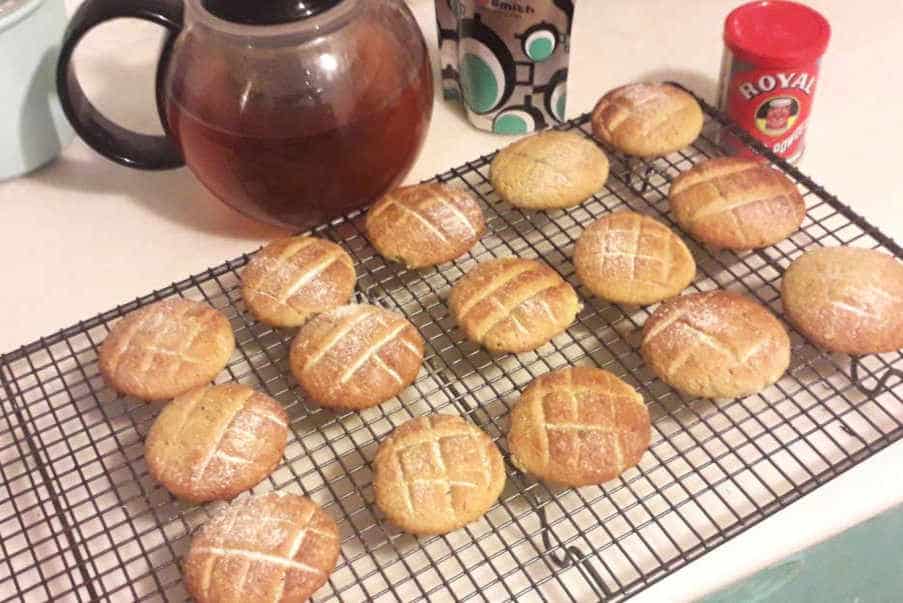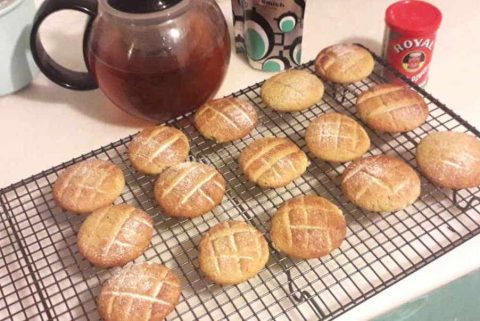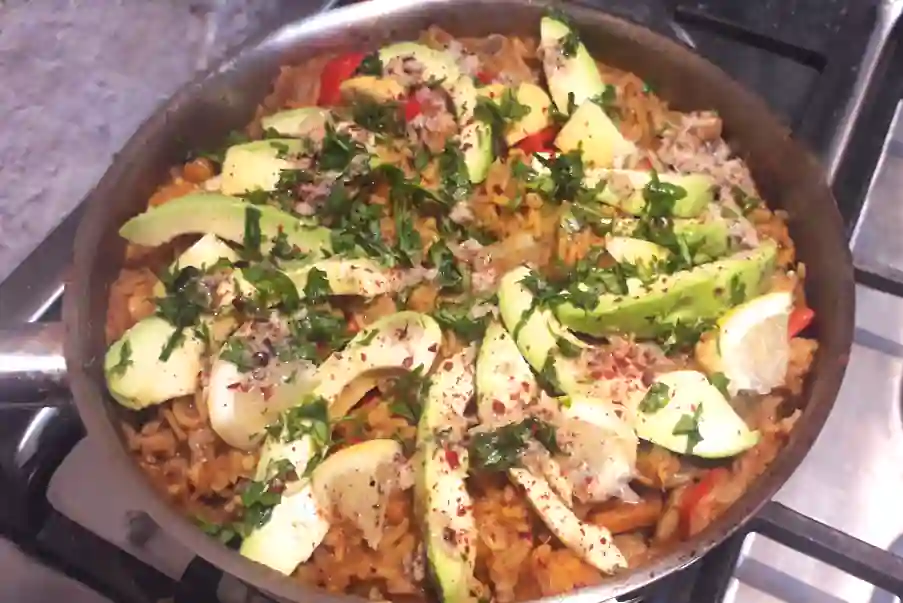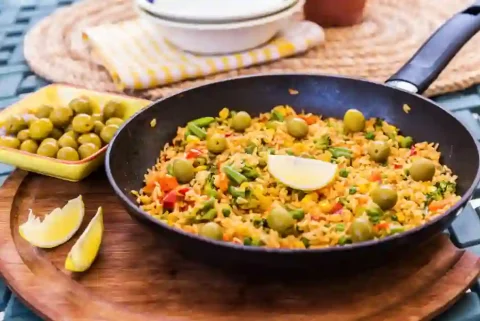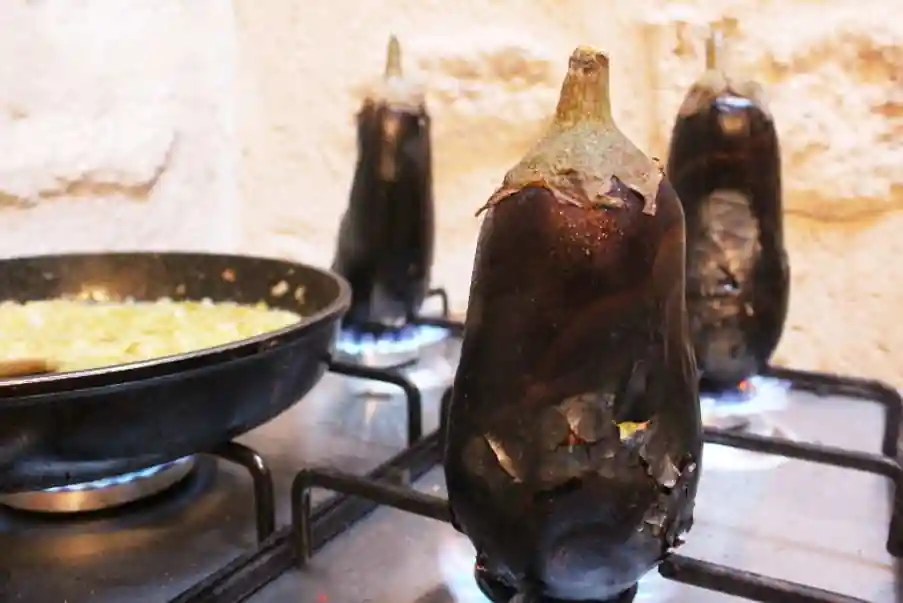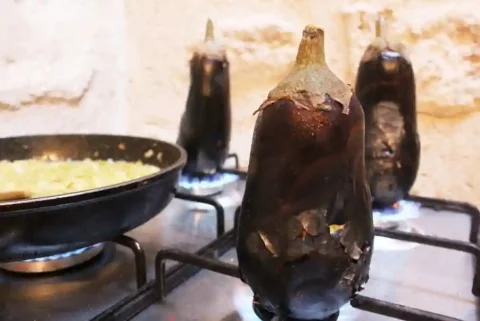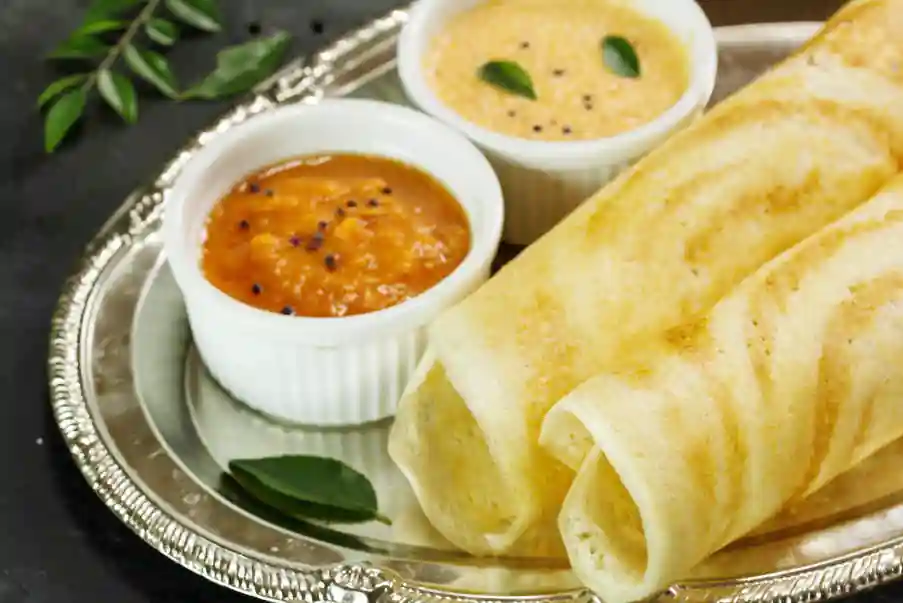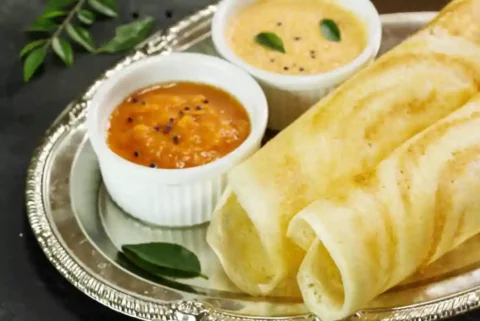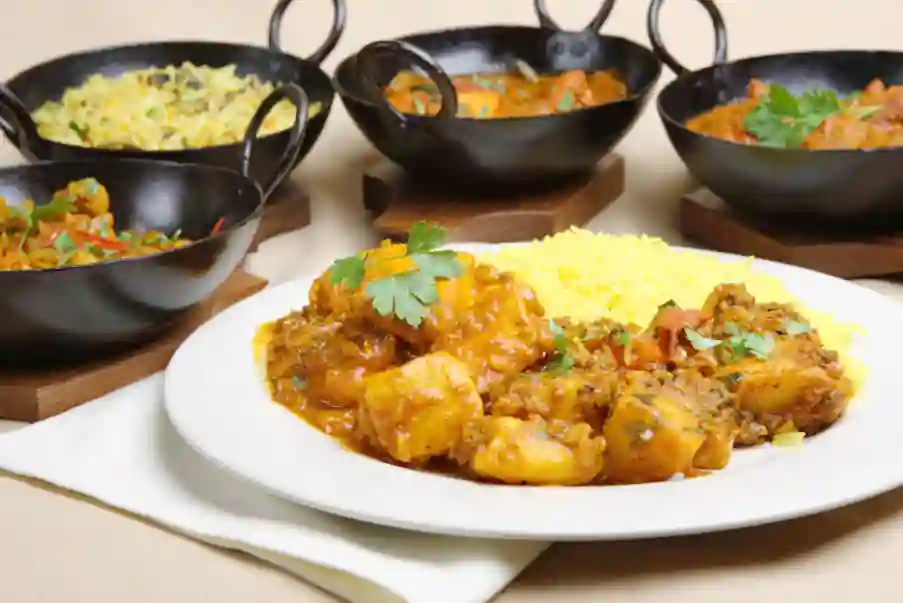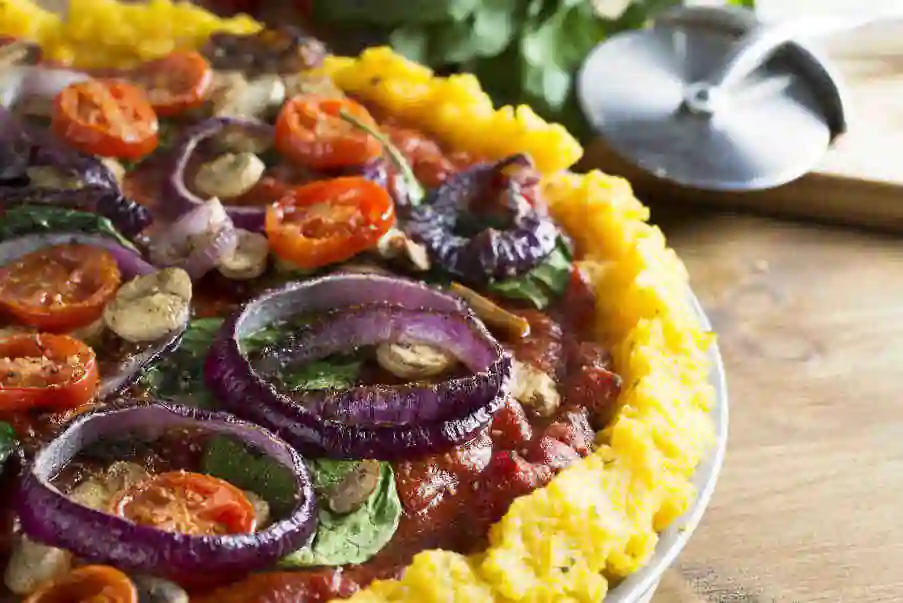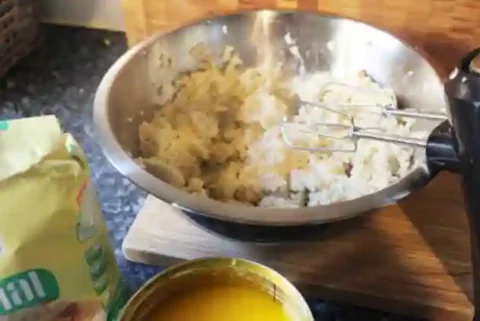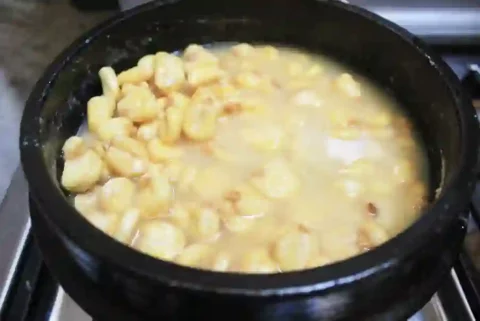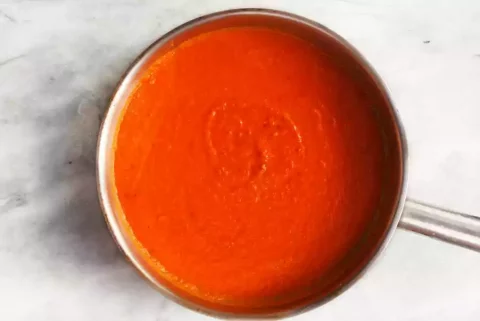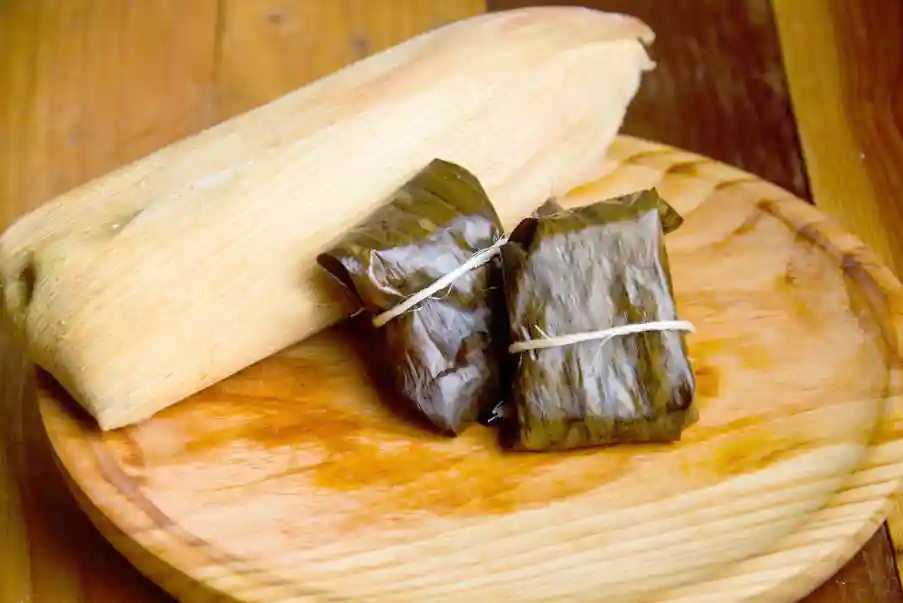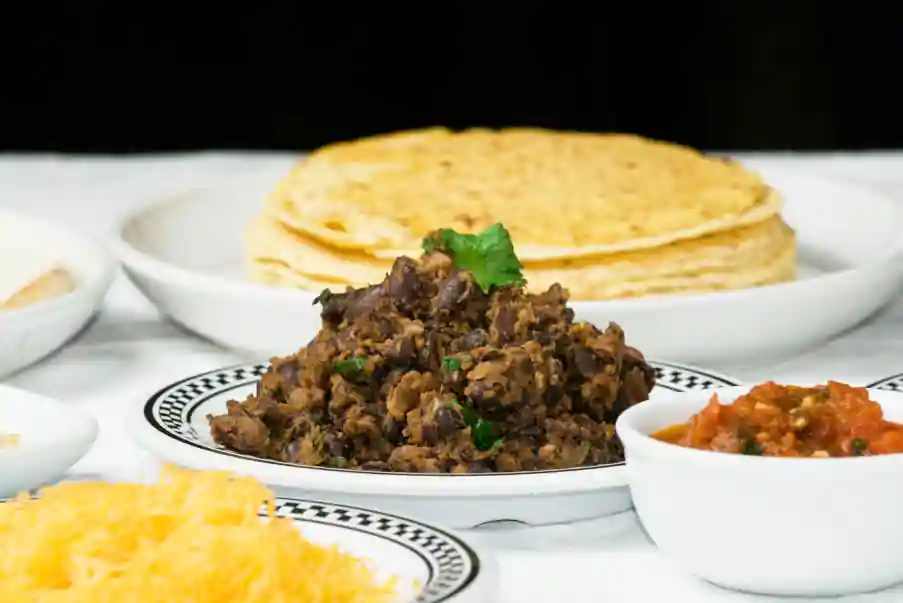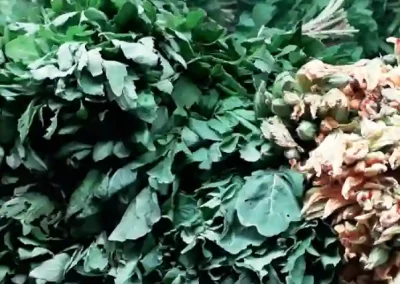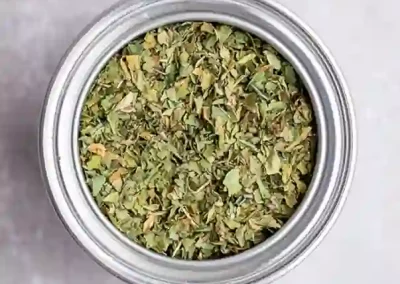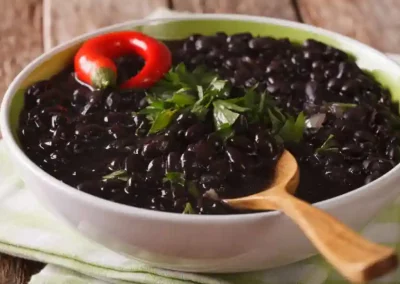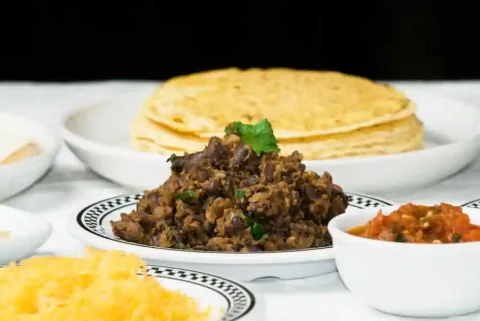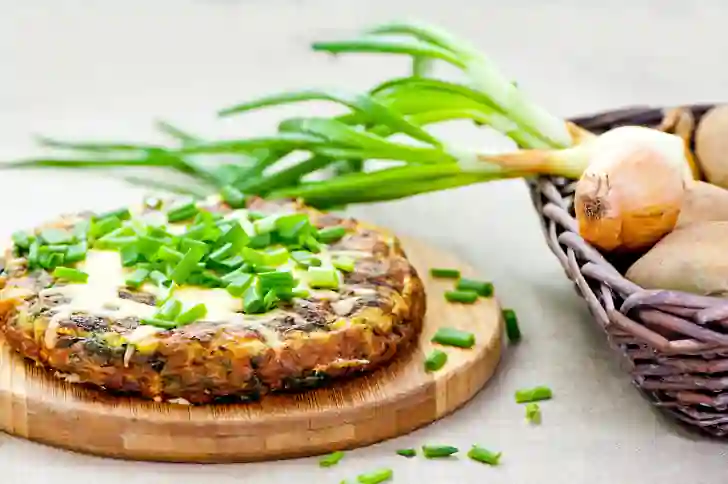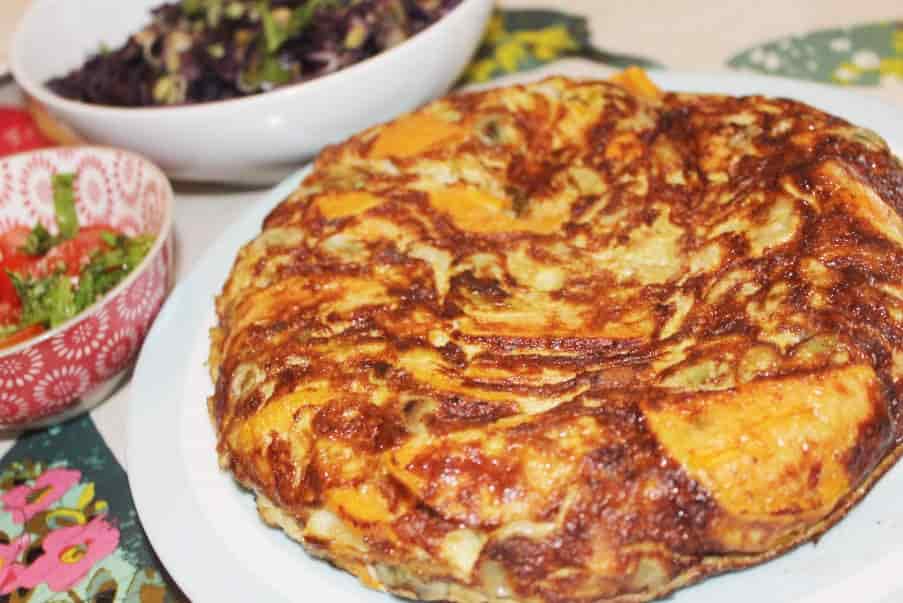
Sweet Potato, Broad Bean & Feta Tortilla
Sweet Potato And Broad Bean Tortilla
With Greek Feta Cheese
Sweet Potatoes Are Not Potatoes!
Ipomea Batatas is a tuber related to Morning Glory, not to the nightshades, and therefore not to the potato, though the two have an extremely old common ancestor. Ipomea Batatas has several important properties:
Nutritional Notes
Despite their sweet taste, sweet potatoes have a lower glycaemic index than the white potato making it more suitable for people with type 2 diabetes
That said, the glycaemic index is still high ranging from 44 (medium category) to 94, definitely in the high group. Boiling reduces the index, while baking increases it. Worth bearing in mind
Though containing mainly starch, around 11% of this is resistant starch, broken down slowly to reduce the rate of entry into the blood-stream (the glycaemic index) and also feed you beneficial gut bacteria. Cooling after cooking, increases the resistant starch content. You’ll need to cool it down to 4C or even lower. And reheating increases resistance yet again!
Sweet potatoes also contain high levels of beta-carotene which your body can convert to vitamin A, as well as decent amounts of vitamin C and many essential minerals
It’s worth mentioning that they also contain high levels of oxalyc acid, which may exacerbate the formation of kidney stones if you’re susceptible
Notes For Making A Good Tortilla
The tortilla is very forgiving and lends itself well to variations in texture and thickness depending on your taste
That said, here are my recommendations for enjoying and excellent tortilla
The classic Spanish tortilla is rather thinner than the ones you find ready-made in shops and served in your typical restaurant. A good tortilla is juicy without being raw. This is much easier to achieve with the thinner variety. It also requires the freshest eggs
If you’re worried about the quality of your eggs, try the float test. Immerse the eggs in a deep bowl of water and check their behaviour. While the float test won’t tell you if your batch is contaminated with Salmonella, it will tell you something about their freshness
Only partially (half-to thirds) cook the contents of the tortilla. Except for the onions, which should be fully softened. Use enough eggs to just cover the contents in the mixing bowl and in the pan
Use a well-seasoned or non-stick pan with enough (olive) oil to cover the entire surface and hot enough for the egg mixture to immediately sizzle and form a base layer
Shake the pan back and forth until the cooked layer egg slides in one piece. You may need to use a spatula to help you. If the pan wasn’t hot enough you’ll have to be patient and wait for that bottom layer to form before you try to unstick the tortilla from the pan. Once you get the whole thing to slide, you’re good to go
For thinner tortillas turn the heat to medium and leave uncovered for a minutes or two before turning. Shake the pan frequently
For thicker tortillas turn the heat down to a minimum and cover with a lid to build up steam
In either case, turn the tortilla while there is still a bit of raw mixture on top. Use a plate to flip the tortilla, clean the pan as needed with some absorbent paper, add a drizzle of oil, and slide your turned tortilla back into the pan. Tuck in the sides with a silicone or wooden spatula for a neater look
Cook for another minute or two, depending on the thickness, then flip onto a dish to cool slightly. And enjoy
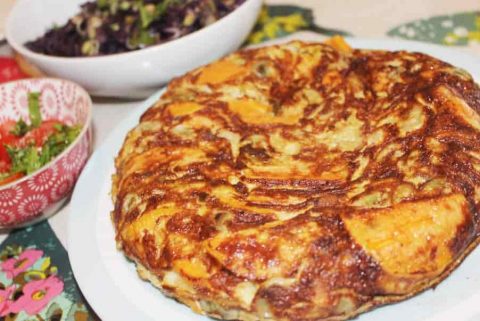
- 1 large sweet potato
- 1 medium opnion
- 2-3 cloves garlic
- 1 cup broad beans fresh or frozen
- 5 eggs
- large pinch nutmeg
- mixed herbs of your choice fresh or dried
- salt and pepper to taste
- 200 g Feta cheese
- good oilive oil for frying
- Finely chop and soften the onion in a little oil till translucent, about 5 minutes
- Add in finely chopped garlic and soften for a couple of minutes
- Peel and wash the sweet potato. cut it in half lengthways and slice each half into 1/2 centimetre slices
- cook in lightly slated water until tender but still firm
- cook the beans in water for 7-10 minutes, depending on their size
- in a large bowl beat the eggs with the chopped herbs and nutmeg
- add in all the slightly cooled pre-cooked ingredients, mixing thoroughly, and adjust the seasoning to your taste
- heat some oil in a fying pan and add half the tortilla mixture, shaking the pan to avoid sticking
- add the crumbled feta and cover with the remaining egg mixture. Keep shaking that pan
- once you see a fine layer of cooked egg at the base turn the heat down to low. Thicker tortillas will cook through better covered with a lid. Thinner tortillas won't need this and can be turned after as little as 2-3 minutes, depending on how runny you like your eggs
- To turn just flip it like a pancake, or play safe (highly recommended): place an upside-down plate over the top, flip the pan over and slide the tortilla back in from the plate. Remember the tortilla is very hot, so use a dinner plate which won't burn your hand
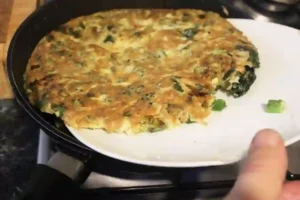
- I have a (well-seasoned) double tortilla pan, readily available in Spain, but believe me, people have been using the plate method successfully for centuries
- enjoy hot, cold or even warm
Subscribe To Posts
